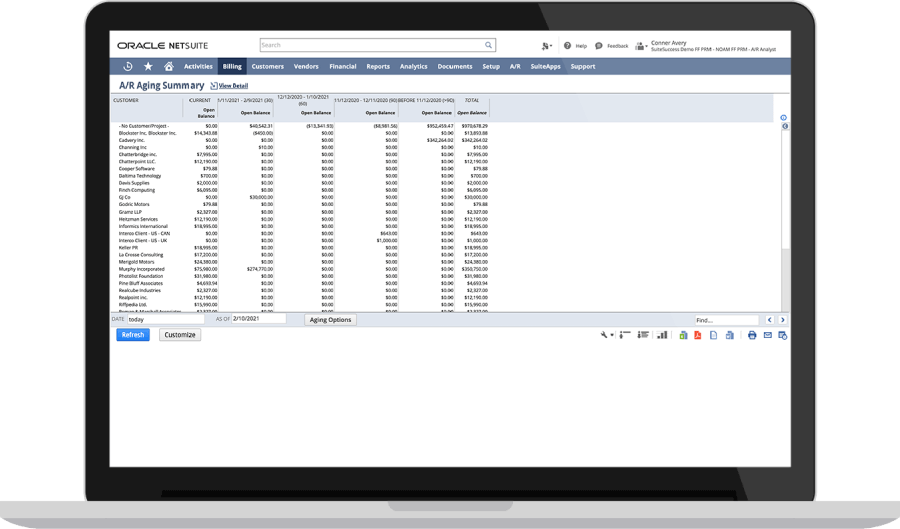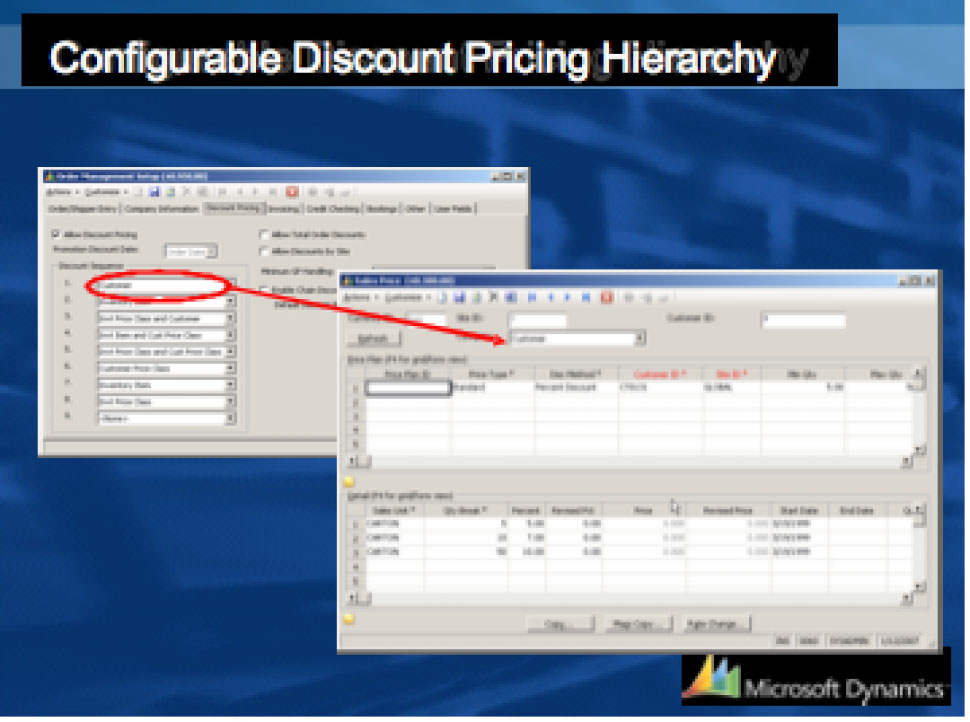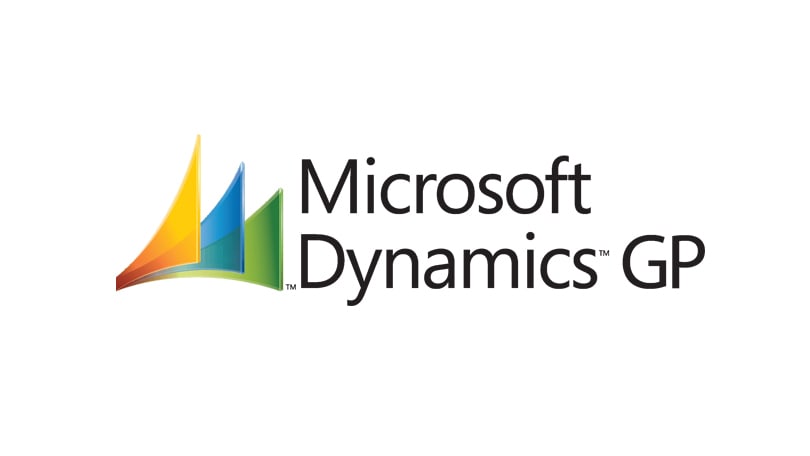
In many modern accounting systems, the general ledger contains the data that fuels a graphical dashboard, showing users the top key performance indicators (KPIs), such as profits, total revenue and expenses and revenues for individual business units, in charts and graphs. The general ledger is also the place where users can derive important reports, such as income statements and reports on overall financial health. These will have to be reconciled monthly to ensure accounts match between the bank and the organization.

Organizations, such as law firms or nonprofits, must keep separate ledgers for each client or account to comply with regulations. General Ledger Systems Pricing and DeploymentĪ general ledger is a core feature of most accounting software, and serves as a repository for all financial data from other subledgers and modules, such as: Trends of Small Business Accounting Software Buyers This buyer’s guide is designed to help alleviate any potential frustration and aid you in your search for a system that will help keep your general ledger balanced and organized. However, due to regulations and standards placed on company’s financial practices and the large and ever-evolving landscape of software, it can be challenging to find the accounting suite that delivers the results you need. The importance of a well-kept general ledger cannot be overstated.īecause of this, a general ledger is a key feature of any accounting software solution.


The general ledger is a core financial tool for any business, as it contains all accounts for a company’s assets, revenue, equity and expenses.


 0 kommentar(er)
0 kommentar(er)
